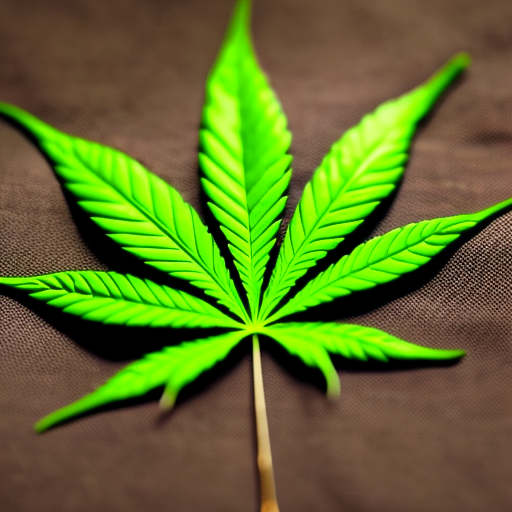 Cannabis flower has become a popular commodity, with consumers seeking out products that offer high levels of tetrahydrocannabinol (THC), the psychoactive compound found in marijuana. However, a recent study conducted by Anna Schwabe at the University of Colorado Boulder has revealed that many cannabis products sold in Colorado may not actually contain the levels of THC advertised on their labels.
Cannabis flower has become a popular commodity, with consumers seeking out products that offer high levels of tetrahydrocannabinol (THC), the psychoactive compound found in marijuana. However, a recent study conducted by Anna Schwabe at the University of Colorado Boulder has revealed that many cannabis products sold in Colorado may not actually contain the levels of THC advertised on their labels.
In the study published in the peer-reviewed journal Plos One, Schwabe found that approximately 70 percent of the labels on cannabis flower products reported THC percentages that were more than 15 percent higher than what was quantified through laboratory testing. This discrepancy raises concerns about the accuracy of potency information provided to consumers and highlights potential issues within the cannabis industry.
Accurate reporting of THC levels is crucial for both medical patients and recreational users. Medical patients rely on consistent dosages to manage various conditions, while recreational users may be misled into overpaying for products based on inflated THC percentages. Moreover, inaccurate labeling can erode trust in the cannabis industry, which is striving for legitimacy and credibility.
The study analyzed 23 cannabis flower samples obtained from dispensaries across northern Colorado, including indica, sativa, and hybrid strains. These samples were sent to a third-party testing lab that utilizes high-performance liquid chromatography (HPLC) to quantify THC levels. HPLC is a widely used method in cannabis testing that separates and identifies components in mixtures based on their chemical properties.
The results of the study showed that 18 out of the 23 samples had lower THC levels than indicated on their labels. In some cases, the actual THC content was significantly lower than reported, with three samples falling below half of the stated value. Only one sample had slightly higher THC levels than reported, while four fell within the reported range.
One important finding from the study was that the observed disparities in THC levels were not due to aging or degradation of the compound. Despite stable THC levels over time and no measurable amounts of cannabinol (CBN) detected in any samples, there was still a significant discrepancy between reported and actual THC percentages.
The study also raised questions about potential sources of misinformation regarding inflated THC potency. It is unclear whether cultivators, dispensaries, or testing labs are responsible for manipulating potency data. There is a lack of oversight in enforcing sampling guidelines, which may contribute to fraudulent practices within the industry.
Moving forward, Schwabe emphasizes the importance of educating consumers on how to make informed choices beyond just looking at THC percentages. Consumers should consider factors such as brand reputation, aroma profiles, and flavor preferences when selecting cannabis products. Additionally, advocating for better oversight in sampling and testing procedures is essential to ensure product safety and transparency within the industry.
In conclusion, accurate labeling of THC potency in cannabis products is crucial for ensuring consumer trust and safety. The findings of this study underscore the need for increased scrutiny and regulation within the cannabis industry to prevent misleading information and promote accountability among producers and distributors.

